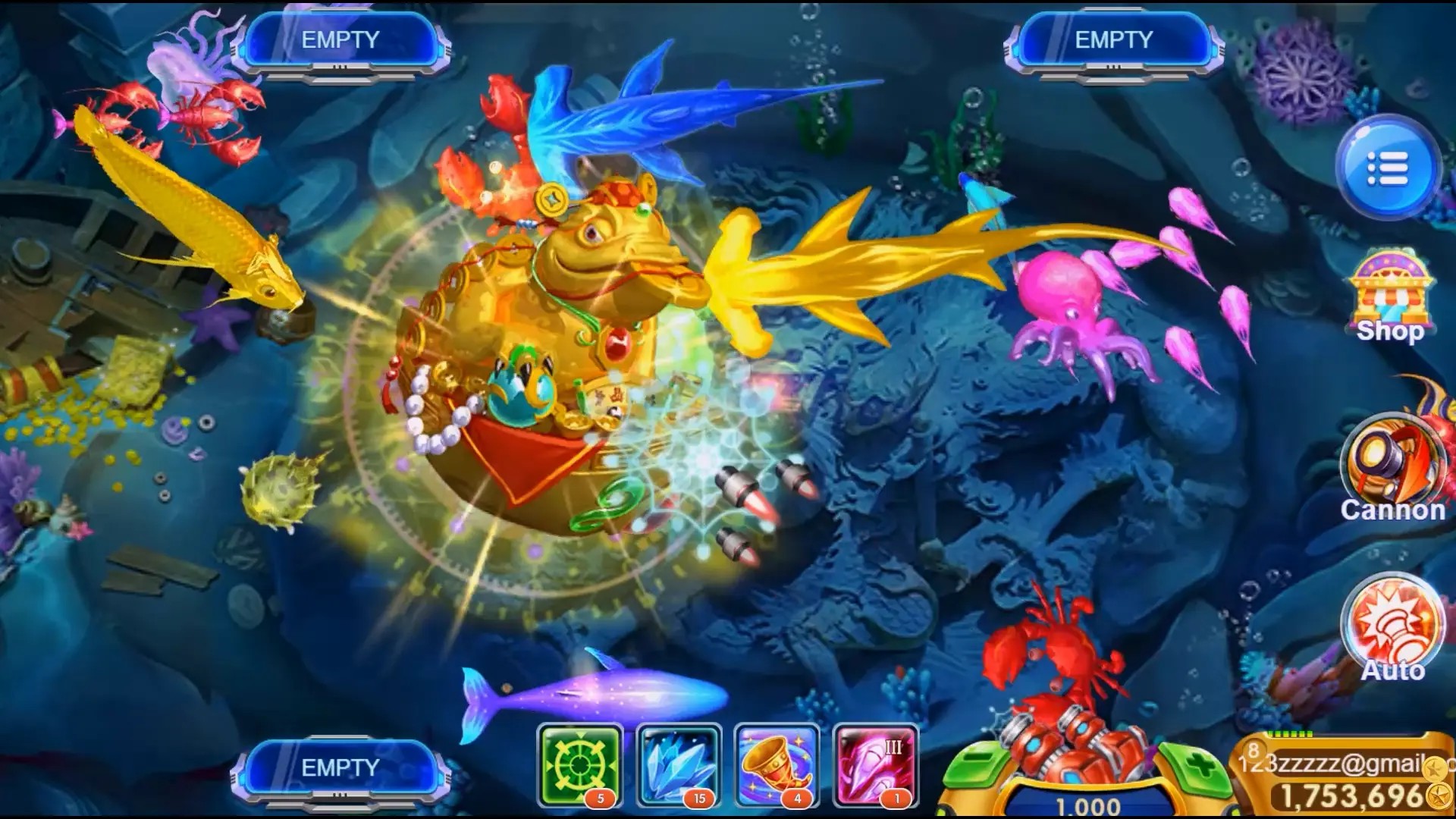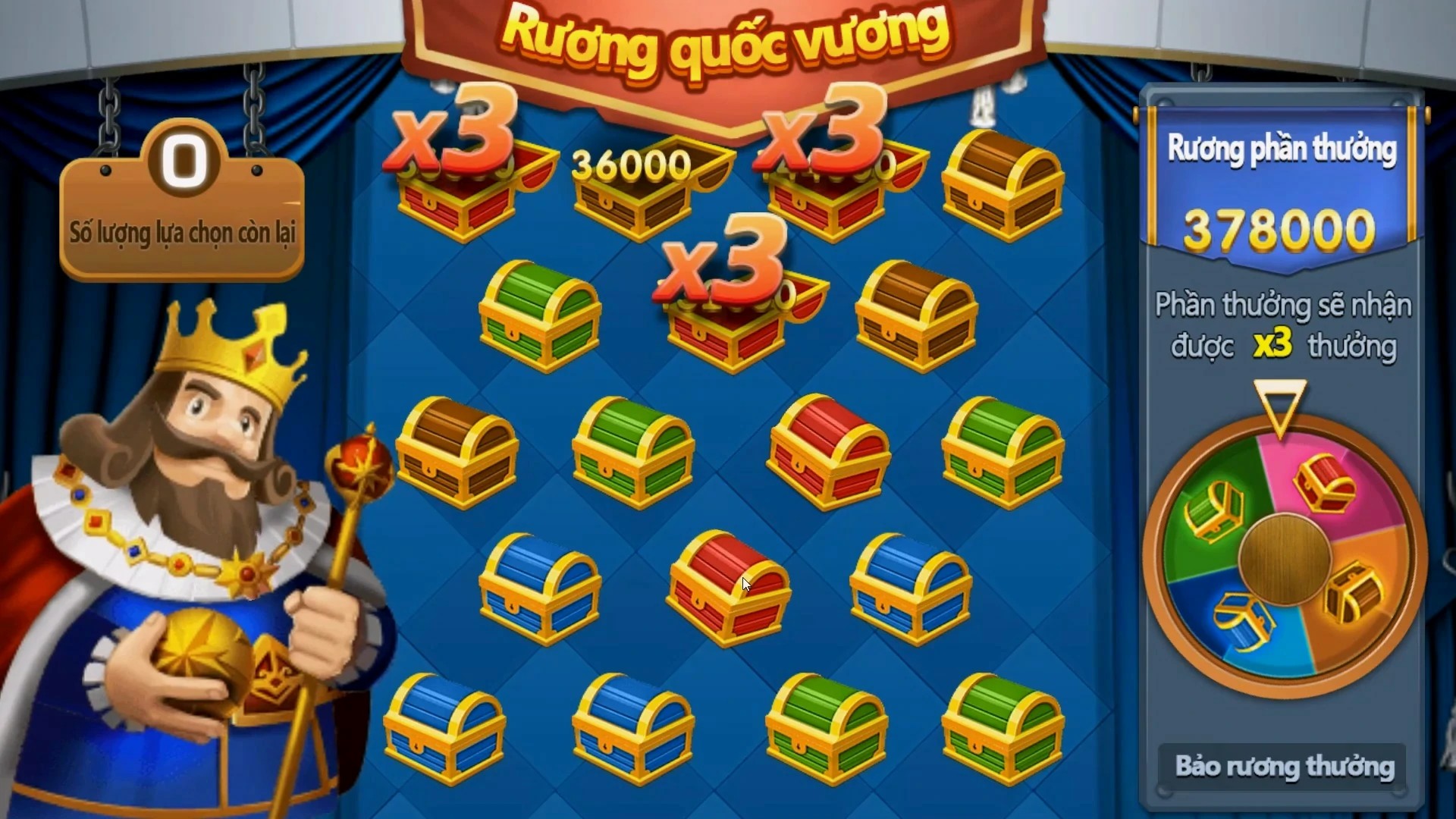Why Casual Multiplayer Games Are Taking Over the Gaming World: A Deep Dive
In recent years, the gaming landscape has dramatically shifted towards casual multiplayer games. These games, characterized by their easy accessibility and social interactions, are proving to be more than just a trend. But what exactly is driving this change? In this article, we will explore the factors leading to the rise of casual multiplayer gaming, including the demands of players, advancements in technology, and the significance of community engagement.
The Appeal of Casual Games
Casual games, unlike their more complex counterparts, offer a smooth entry point for new players. They are typically designed to be:
- Easy to Learn: With straightforward mechanics, players can jump right in without spending hours mastering the controls.
- Quick to Play: These games often provide short and fun gaming experiences that fit well into any schedule.
- Socially Engaging: Players value the ability to share experiences with friends, making casual multiplayer games more appealing.
The Rise of Multiplayer Options
Multiplayer games have taken the world by storm, and casual multiplayer options are no exception. Online platforms and gaming communities are thriving, creating an environment where:
- Competition and Cooperation: Players can either compete against each other or team up in various game modes.
- Player Communities: Casual multiplayer games often foster strong online communities that enhance player experience.
- Shared Experiences: The connectivity that multiplayer games offer means that friends and family can share their victories and challenges together.
Technological Advances Fueling Growth
With the rise of mobile and cloud gaming, players can access games on a multitude of devices. This accessibility has changed how gamers approach gaming, allowing more people to get involved!
| Device Type | Number of Users (in millions) |
|---|---|
| Smartphones | 800 |
| PCs | 300 |
| Consoles | 100 |
Casual Games vs. Traditional Gaming
Traditional gaming often requires intense focus and hours of dedication. In contrast, casual games present a more relaxed and enjoyable gaming experience. Here’s how they compare:
- Time Commitment: Casual games demand significantly less time investment.
- Learning Curve: They are designed for quick understanding, while traditional games may involve complex tutorials.
- Community Engagement: Social interaction is more embedded in casual games, making them feel inclusive.
Impact of the Pandemic
The COVID-19 pandemic saw a surge in gaming, especially in the realm of casual multiplayer games. People sought ways to connect with others while maintaining physical distance. This spike highlighted several key trends:
- Increased Game Downloads: There was a remarkable rise in the number of casual games downloaded.
- Enhanced Online Interaction: More players engaged in multiplayer modes, creating new social connections.
- Focus on Mental Health: Gaming became a refuge for many, reducing feelings of isolation.
Engaging Players: The Role of Incentives
In the competitive world of gaming, developers have turned to various incentives to attract and retain players. Some popular strategies include:
- Achievements and Rewards: Implementing systems that offer incentives for completing specific challenges.
- Event-based Gameplay: Regular events keep gameplay fresh and encourage player participation.
- Customization Options: Allowing players to personalize their characters or game environments fosters a deeper connection to the game.
Trends in Casual Multiplayer Games
As the gaming industry evolves, certain trends continue to reshape casual multiplayer gaming:
- Cross-Platform Play: Players using different devices can connect and play with each other.
- Microtransactions: Developers increasingly adopt this model, providing additional revenue while keeping initial game costs low.
- User-Generated Content: Many games encourage players to create and share their own content, enhancing community interaction.
Exploring Specific Game Genres
With casual multiplayer games being so dynamic, it’s essential to look at specific genres. One popular genre currently trending is turn-based RPG games for Android.
These games blend strategic gameplay with social elements, allowing players to engage with friends in creative ways. Here are some noteworthy aspects:
- Strategic Depth: Players must think critically about their moves, engaging both them and their friends.
- Accessibility: As many of these games are on mobile devices, they remain accessible to a wider audience.
- Frequent Updates: They often receive regular updates to keep the experience fresh and exciting.
Industry Leaders in Casual Multiplayer
Several companies have gained prominence within the casual gaming sector. Here’s a summary:
| Company | Key Game Titles |
|---|---|
| Zynga | Words With Friends, FarmVille |
| Supercell | Clash of Clans, Brawl Stars |
| Rovio Entertainment | Angry Birds, Bad Piggies |
The Future of Casual Multiplayer Gaming
Looking forward, it’s evident that casual multiplayer games will continue to thrive. Innovations in technology, changing player desires, and community involvement will undoubtedly shape the future. Here are a few predictions:
- Increased Use of AR/VR: As technology progresses, expect to see augmented reality and virtual reality elements in casual games.
- Growth of Esports: Casual games will likely continue to find their place within the esports community.
- Evolving Game Design: Developers will keep pushing boundaries to provide even more engaging experiences.
Final Thoughts
Casual multiplayer games are undeniably taking over the gaming world. Their accessibility, social appeal, and rapid technological advancements are propelling them into the spotlight. As the industry evolves, staying tuned to trends and player preferences will be vital for developers. So, whether you’re a seasoned gamer or just starting, it’s an exciting time to explore the world of casual gaming!



